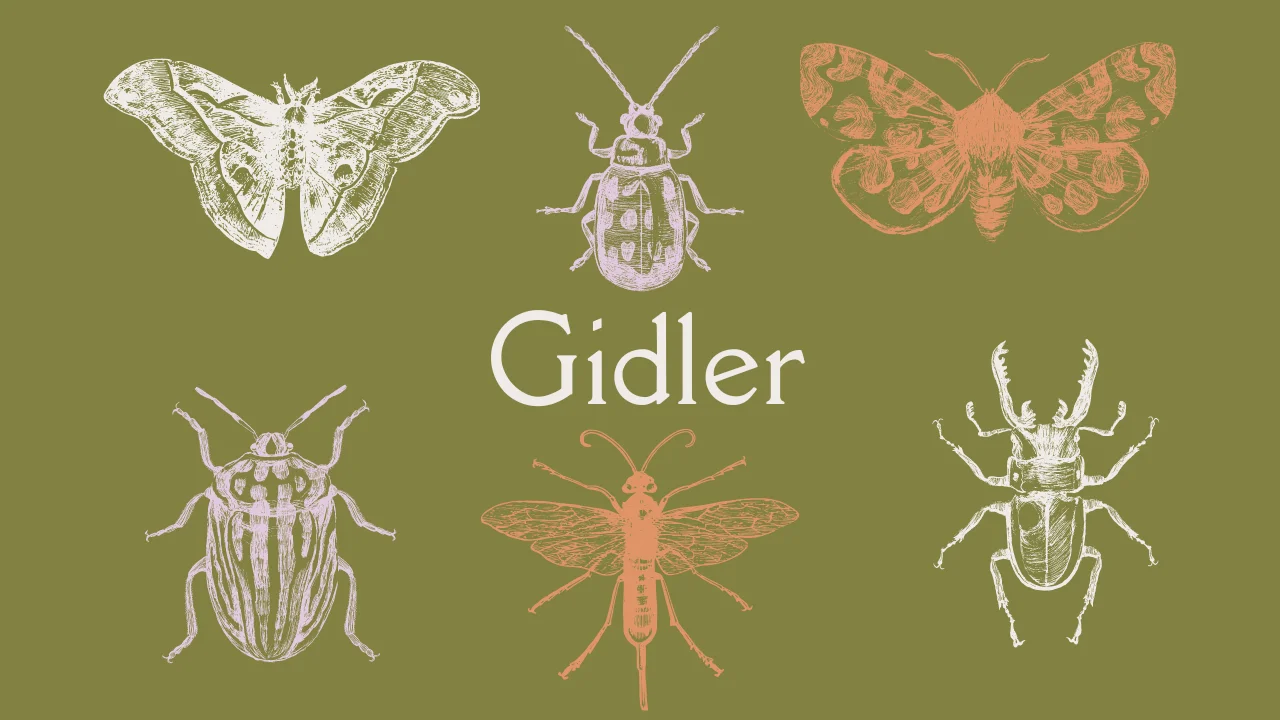In the vast and diverse world of amphibians, the gidler stands out as a remarkable specimen. This article delves into the unique characteristics, habitat, and behaviors of the gidler, shedding light on its importance in freshwater ecosystems and the challenges it faces. With an emphasis on conservation and understanding, we explore how this fascinating creature contributes to biodiversity and the health of wetland environments.
What is a Gidler?
A “gidler” is described as an unusual creature with a plump, tadpole-like body, four stubby legs, and a tail that acts as a fifth limb. These amphibians are primarily found in lakes and rivers, thriving on a diet of algae, small fish, and invertebrates. They possess unique abilities, such as excellent swimming skills, and display fascinating behaviors, including a matriarchal social structure where females dominate.
Habitat and Ecosystem Role

Freshwater Ecosystems
Gidlers inhabit freshwater environments, such as lakes and rivers. Their presence is indicative of healthy aquatic ecosystems. These amphibians play a crucial role in controlling algae populations and serving as prey for larger species, thereby maintaining ecological balance.
Biodiversity in Wetlands
Wetlands, rich in biodiversity, provide the perfect habitat for gidlers. Their existence in these areas underlines the importance of wetland conservation, as these environments are essential for the survival of a multitude of species, including gidlers.
Conservation of Unusual Species
Efforts to conserve gidlers are vital for the preservation of unique amphibian species and the broader ecological health of freshwater habitats. Conservation strategies include protecting their natural habitats from pollution and destruction.
Adaptive Aquatic Life
Gidlers are excellent swimmers, thanks to their unique body structure. Their adaptability to aquatic life highlights the evolutionary paths amphibians have taken to thrive in various environments.
Unique Amphibian Behaviors
Matriarchal Social Structure
One of the most intriguing aspects of gidler society is its female-dominated hierarchy. This matriarchal structure is rare among amphibians and offers fascinating insights into social behaviors in the animal kingdom.
Algae-eating Habits
The diet of gidlers primarily consists of algae, making them crucial for maintaining the health and clarity of freshwater habitats. Their feeding habits help prevent excessive algae growth, which can lead to environmental issues.
Tail as a Fifth Limb
The gidler’s tail, used as a fifth limb, aids in swimming and maneuvering in water. This unique adaptation showcases the gidler’s specialized evolution for an aquatic lifestyle.
Nature and Wildlife Study
Studying gidlers provides valuable lessons on adaptation, survival, and the intricacies of aquatic ecosystems. Their unique characteristics and behaviors contribute to our understanding of biodiversity and the interconnectedness of life.
Challenges and Conservation Efforts
Role of Amphibians
Amphibians like gidlers are essential for the health of ecosystems. They control insect populations, serve as food for predators, and their sensitivity to environmental changes makes them excellent indicators of ecosystem health.
Conservation of Unusual Species
The preservation of unique species such as gidlers is crucial for maintaining ecological diversity. Conservation efforts focus on protecting their natural habitats and addressing threats such as pollution, habitat loss, and climate change.
Biodiversity in Wetlands
Protecting the wetlands that serve as gidlers’ homes is vital for safeguarding biodiversity. Wetlands are among the most productive ecosystems on Earth, supporting a wide range of species.
Nature and Wildlife Study
Studying gidlers and other amphibians enriches our understanding of nature and wildlife. These creatures are vital for educational and research purposes, providing insights into ecological balance and evolutionary biology.
Gidler Community
Participation in Citizen Science
Citizen science initiatives offer opportunities for the public to engage in monitoring and protecting gidler populations. By participating in these projects, individuals can contribute valuable data on gidler habitats, behaviors, and threats, fostering a community-driven approach to conservation.
Educational Outreach Programs
Educational programs focused on gidlers and their ecosystems play a crucial role in raising awareness about the importance of these amphibians. Schools, nature centers, and conservation organizations can offer workshops and field trips to inspire interest and action among young minds.
Supporting Habitat Restoration
Habitat restoration projects are critical for the survival of gidlers in areas affected by pollution, urbanization, and climate change. Supporting these initiatives through volunteerism or donations can significantly impact the preservation of gidler habitats and the broader ecosystem.
Culture of Respect and Appreciation
Cultivating a culture that respects and appreciates the unique role of gidlers in the ecosystem is essential. Through storytelling, media, and community events, the fascinating world of gidlers can be brought to the forefront, encouraging a collective effort to protect these remarkable creatures.
Must Read: Impact of Board Games on Cognitive Development and Family Bonding
Conclusion
The gidler is not just another amphibian; it is a testament to the diversity and complexity of life in freshwater ecosystems. Understanding and conserving gidlers is essential for maintaining biodiversity, ecological health, and the beauty of our natural world. By valuing and protecting these unique creatures, we ensure the health of their ecosystems and our planet for future generations.
